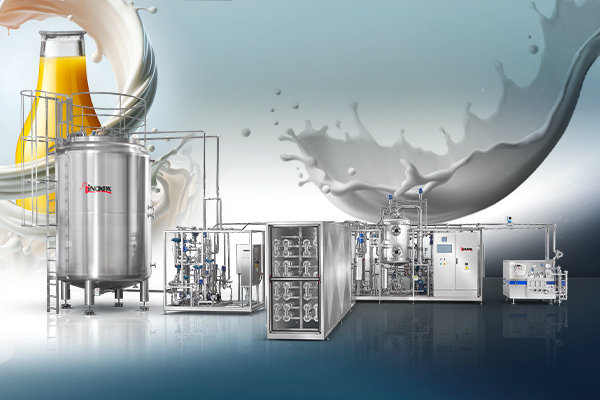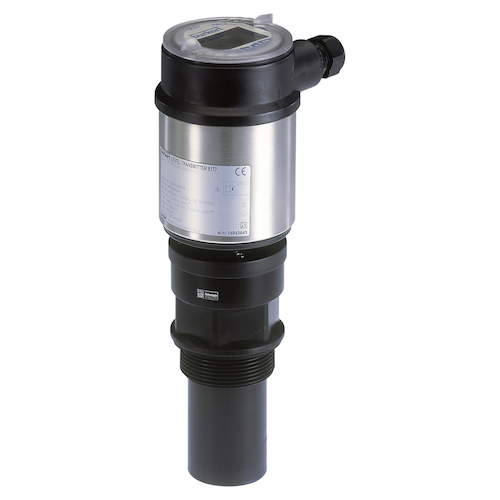
The buyers guide to paddle wheel flow meters
In this blog, BM Engineering Supplies provides first-time customers and prospective buyers alike with an expert guide on paddle wheel flow sensors, and we look at what makes them stand out from other flow meters on the market. Read on to discover what makes the paddle wheel flowmeter unique and why you should consider a wheel flow meter device for your application.
How does a paddle wheel flow meter work?
Due to their high accuracy and ability to manage a range of flow rates, paddle wheel flowmeters are most commonly used in water applications. Paddle wheel flow meters have a similar working principle to turbine meters in that they utilise the mechanical energy of fluids to rotate the paddle wheel through a flow stream and measure the liquid flow as it passes through.
In paddle wheel flowmeters, the paddles are arranged around a central rotor, and these paddles are then positioned into the flow. The pressure created by the paddles obstructing the flow result in rotational movement of the rotor. When the fluid moves faster, the paddlewheel spins proportionally faster so that the movement is proportional to the flow rate. This rotation can be detected, measured and, through various mechanisms, can be quantified. Paddle movement is commonly detected magnetically, but paddle wheel flowmeters can also be configured to detect the rotational speed optically or mechanically.
Why choose paddle wheel flow meters?
Paddle wheel flow meters have become one of the most popular flow measurement devices in the process industry due to their cost-efficiency and reliability. Used in a wide variety of applications, paddle wheel flow meters are able to sense, measure and control liquid flow in a range of industrial applications.
Paddle wheel flowmeters measure the velocity of fluids, which means that as they measure flow at the edge of the flow profile they can be affected by changes to the viscosity of the fluid. Ideal applications are therefore those where the fluid is homogenous, and without slurry or sediment so that the paddle wheel flow is consistent. Their usage includes chemical production, water treatment and distribution, food and beverage, and pharmaceutical industries.
While generally applicable for use with more neutral fluids such as water, there are certain paddle wheel flow sensors that can be adapted for use with more aggressive liquids, such as chemicals, should this be a requirement. Paddle wheel flow meters can be manufactured from a variety of materials, but the majority of the models manufactured by Bürkert are produced from chemical resistant plastics such a PVDF (Polyvinylidene fluoride) or stainless steel, with synthetic rubber seals. This composition makes them ideal for use in harsher environments. However, it is important to note that abrupt transitions between gas to liquid flow should be avoided.
Advantages and disadvantages of paddle wheel flow meters
Here are just some of the main advantages of using the paddle wheel type flow meter:
- Cost-effective
- Highly accurate
- Superior flow rates
- Reliable performance
- Reduced maintenance costs
- Easier to install than most other flow meters
- Can measure flow in either direction
- Compatible with a wide range of pipe sizes
While there are a host of advantages to purchasing paddle wheel flow meters, there are some limitations that prospective buyers should be aware of. While we have covered that these flow meters are not suitable for gases, wheel flow meters work best with cleaner fluid types as, in some cases, particulates can prevent the paddle from spinning properly. Additionally, paddle wheel flow sensors often require a turbulent flow profile to guarantee the most accurate results.
That said, the disadvantages are minimal compared to the advantages afforded by paddle wheel flow meters and should not discourage your decision-making process. For any concerns regarding the above, the team at BM Engineering Supplies will be only too happy to advise you on best practices and whether this type of liquid flow measurement device is the best choice for your application or not.
Paddle wheel flow meters from BM Engineering Supplies
Here at BM Engineering Supplies, we can provide your business with paddle wheel flow meters and flow switches from industry-leading manufacturers, Bürkert. For use with clear, neutral and aggressive liquids, the two primary paddle wheel flow sensor models that we offer our Scottish customers are Bürket’s Type 8030 and Type 8032 flow meters.
Bürkert’s Type 8030 paddle wheel flow meter is capable of providing highly accurate continuous flow measurement. Offering economic installations with no need for additional piping components, this paddle wheel flow sensor has been designed especially for use in neutral, slightly aggressive and solid-free liquids.
The Type 8032 paddle wheel flow meter from Bürkert is capable of dealing with more aggressive media, as well as clear and neutral liquids. It also features the distinct advantage of being able to establish a monitoring system and on/off control loop within water applications.
To discuss your flow meter requirements or either of the paddle wheel flow meter models listed above, speak with BM Engineering Supplies today on 0141 762 0657, email sales@bmengineering.co.uk or complete our contact form.



